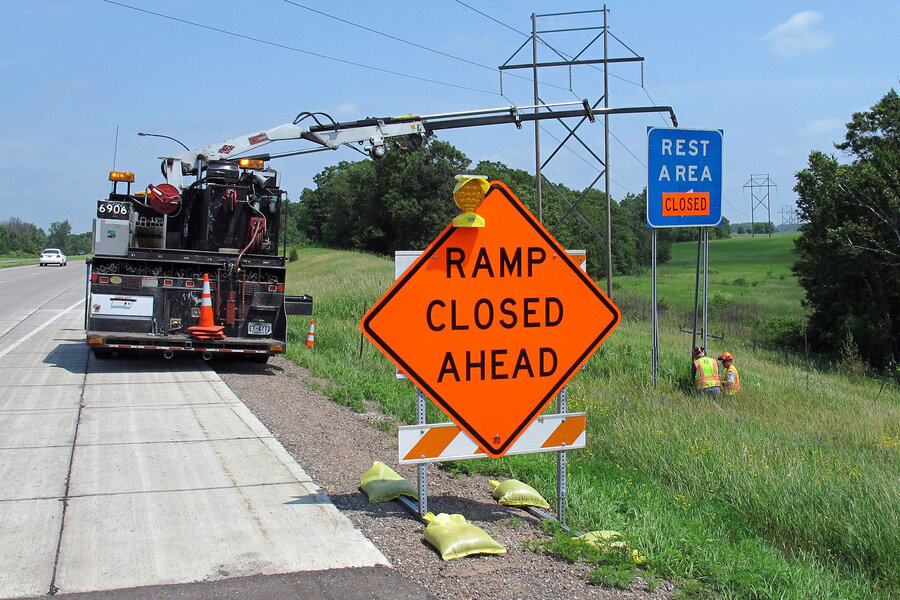Good Samaritans rescue woman from burning car
Loading...
Three drivers stopped beside a Minnesota highway to pull a woman from her crashed vehicle just before it caught fire on Mother's Day.
The decision to intervene in an emergency situation can be difficult. In a matter of seconds or minutes bystanders need to assess what might need to be done and weigh the need of another person against potential risks to their own safety. In some situations, too many hands on deck can create new problems. But instances like this are a reminder what a difference an individual can make in a time of crisis.
For that reason, the good Samaritans are being hailed as heroes for their quick thinking and willingness to help a complete stranger.
For Sean Kehren, a senior studying philosophy at Gustavus Adolphus College, the motivation was his mother, reported the Minneapolis Star Tribune. He was driving home for Mother's Day, and when he saw a vehicle slide off the road, he thought of his mother's stories of rescue as an emergency medical technician. He rushed to the car, where the driver was injured and struggling to move.
"Flames were coming from the bottom of the car, and I said, 'We need to get you out of here,'" he recalled to the Star Tribune. "I frantically tried to get her out but she slipped out of my hands."
Two other drivers rushed in to help, and they pulled the woman to safety. Mr. Kehren stayed with her until she left for the hospital, when she told him, "Thank you that God and you were there."
The car was engulfed in flames and burning long before police arrived, according to dash-cam footage from the Minnesota State Police, but the woman is expected to recover.
Good Samaritan laws are designed to empower bystanders like Kehren to act rather than waiting for emergency responders – when a delay could prove fatal.
The laws try to protect against the misunderstandings that can occur in the heat of the moment. The need for such flexibility was highlighted in 2013, after a Wal-Mart employee who was on break took punches from three men harassing a woman in a Michigan parking lot when he tried to intervene. The Wal-Mart store initially fired him, citing the company policy to call the police rather than intervene in violent situations, but reinstated his employment after the incident made the news and management reviewed the facts. As Mark Guarino reported for the Monitor,
Gray areas exist in corporate policies. Most policies, specifically for ethical conduct, cover workplace violence and are intended to curb uncivil behavior such as shouting, shoving, and physical attacks on co-workers or customers, says Gary Chaison, professor of industrial relations at Clark University in Worcester, Mass. But good Samaritan acts like the one in Michigan would typically not be covered under such a policy, he says.
Any bystander who spontaneously rushes to the aid of someone in an emergency or other form of danger is protected from liability by Good Samaritan laws in all 50 states, according to the Association of State and Territorial Health Officials. This frees the rescuer from providing the type of in-depth care the law requires in most situations as a way of encouraging people to help if they can.








